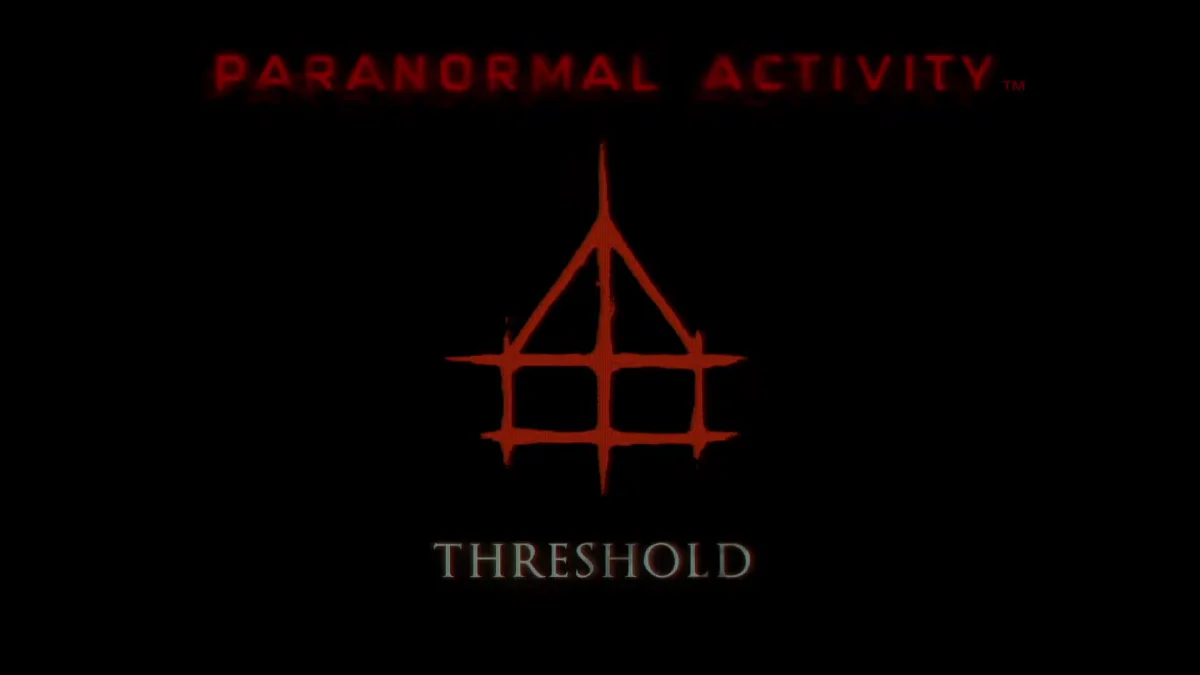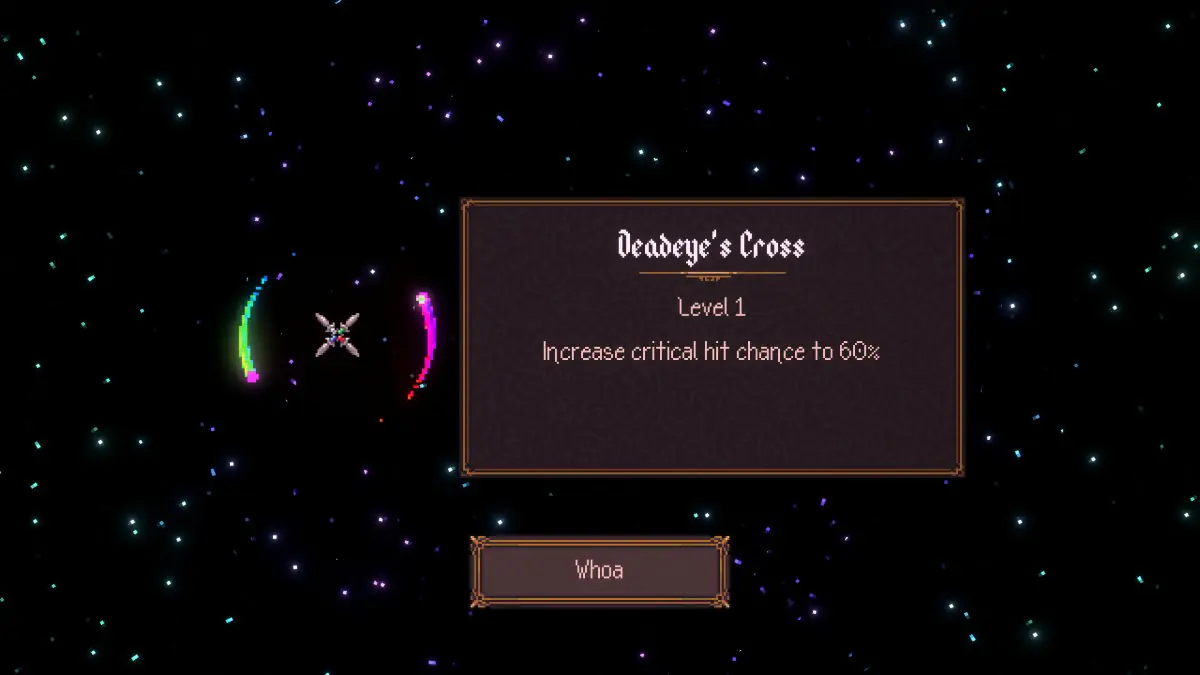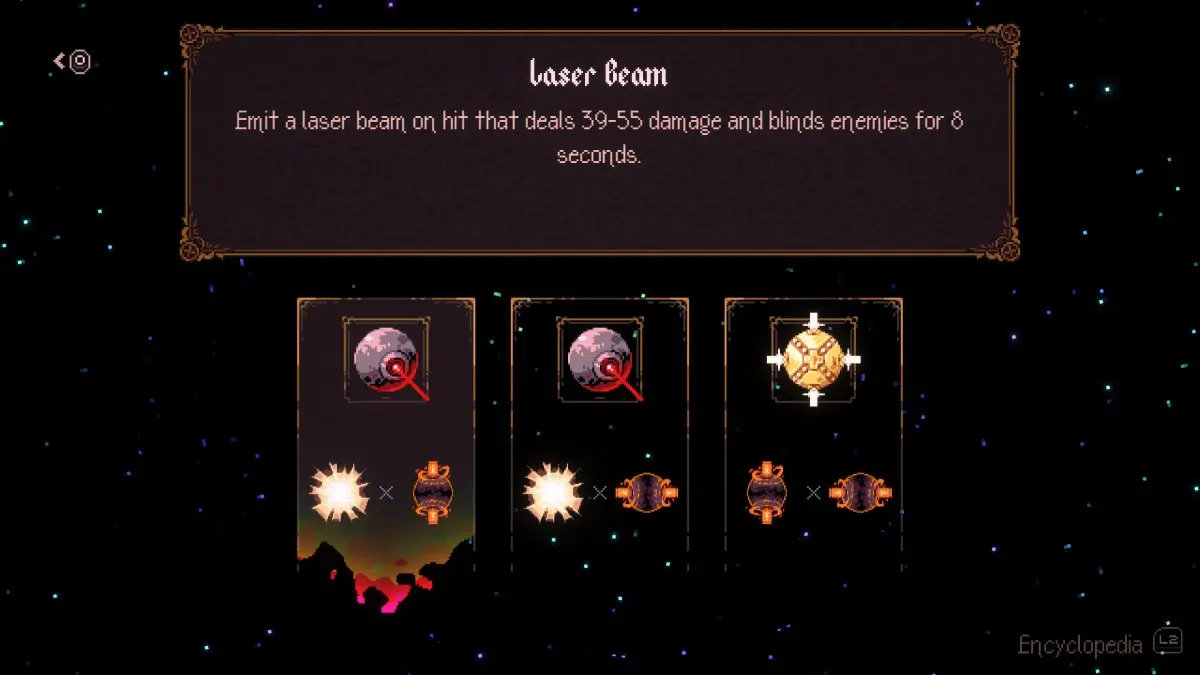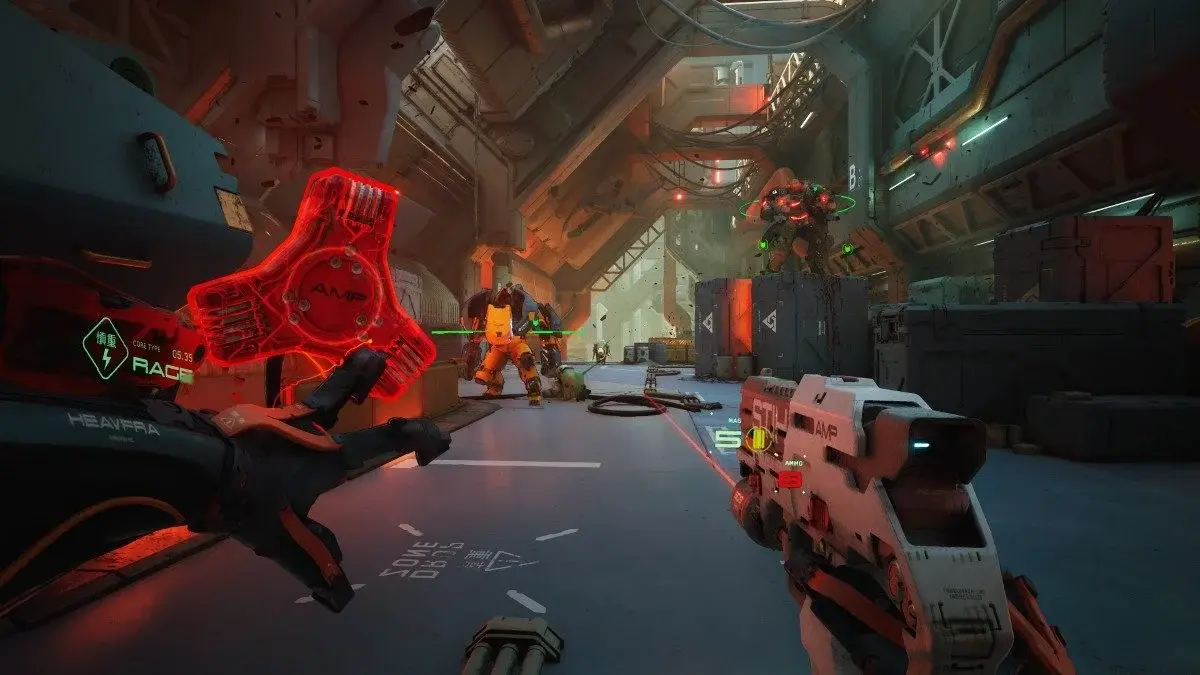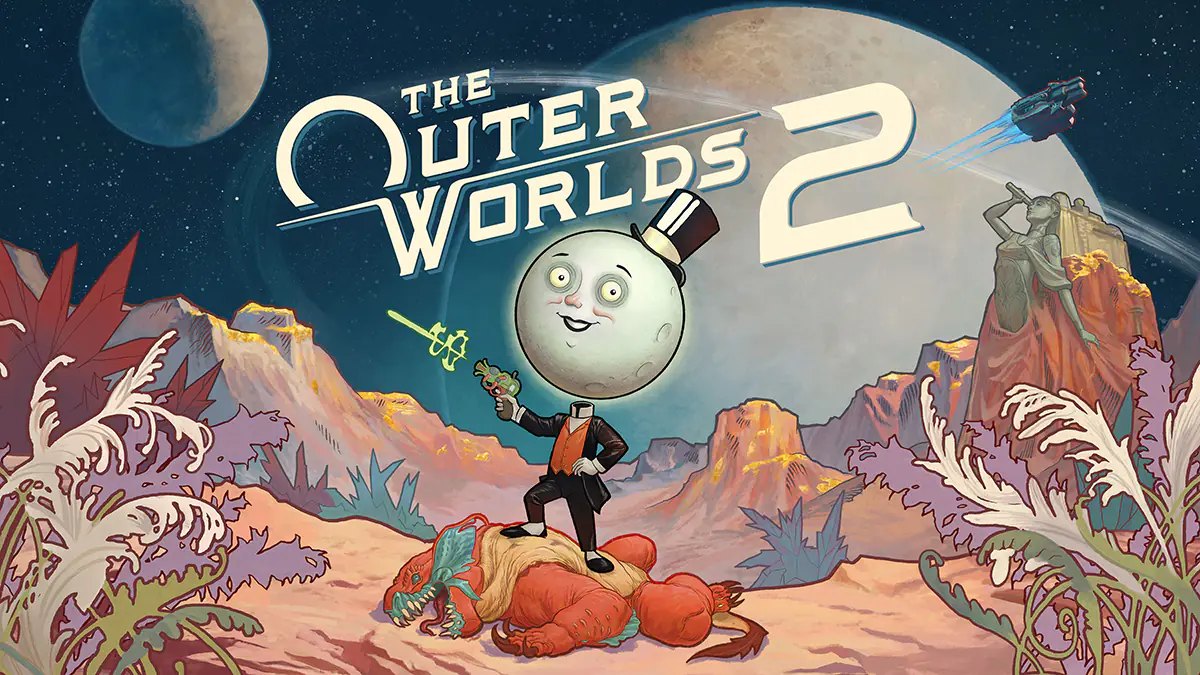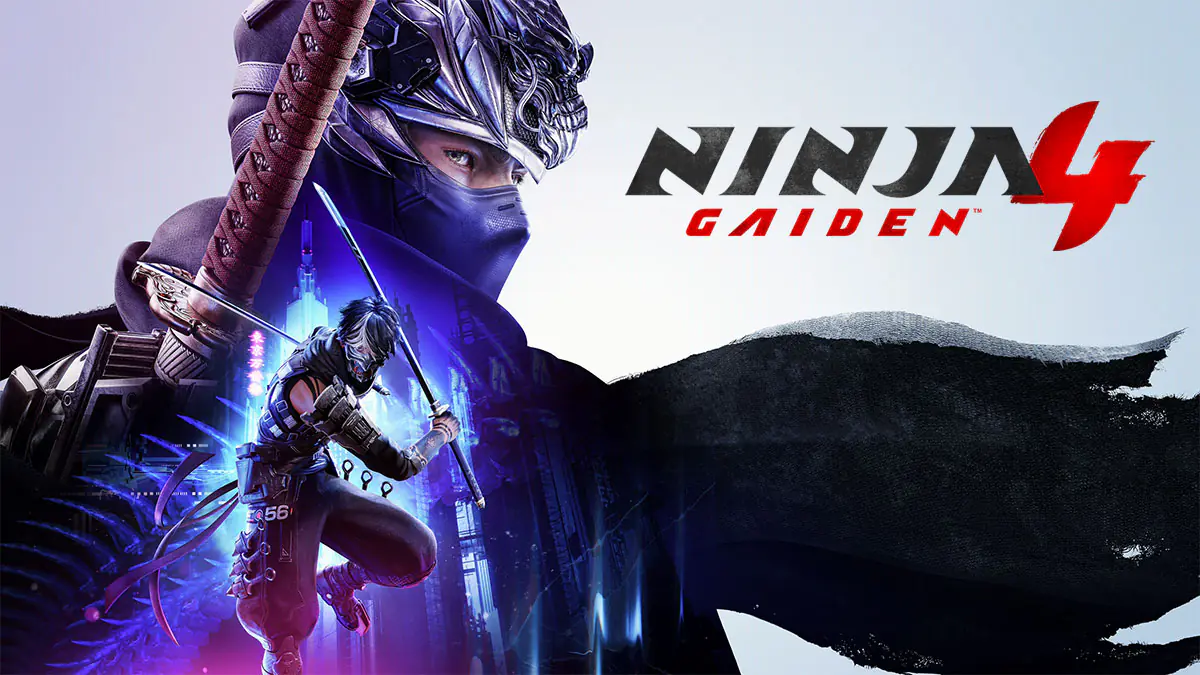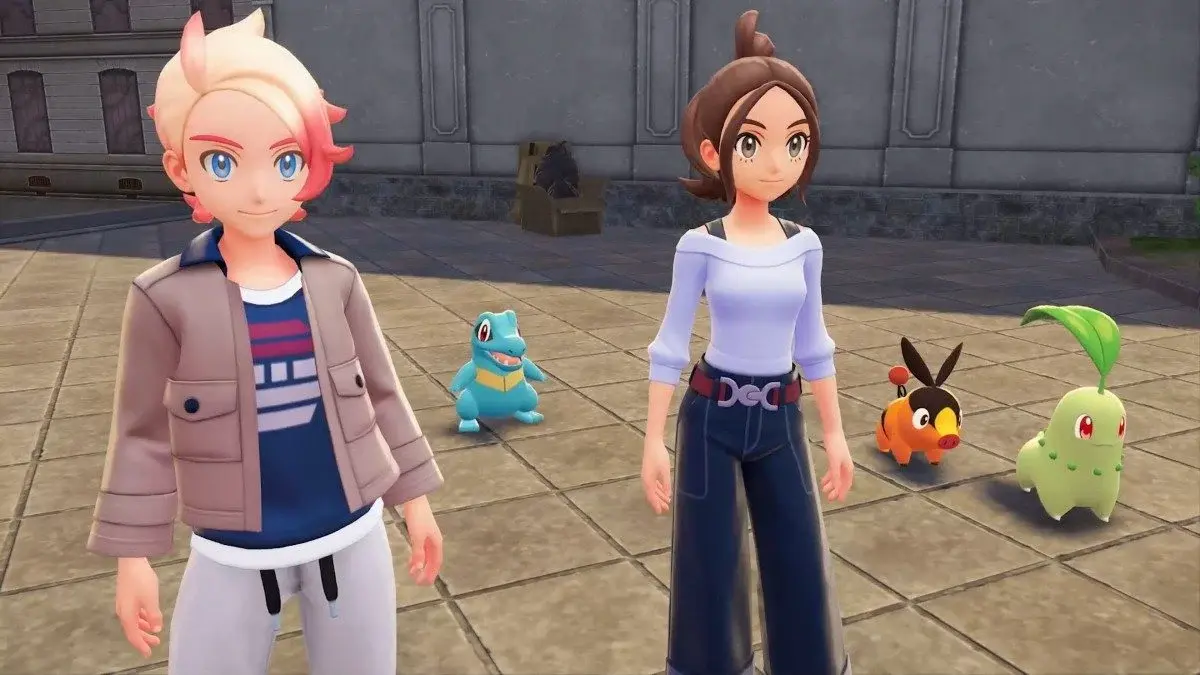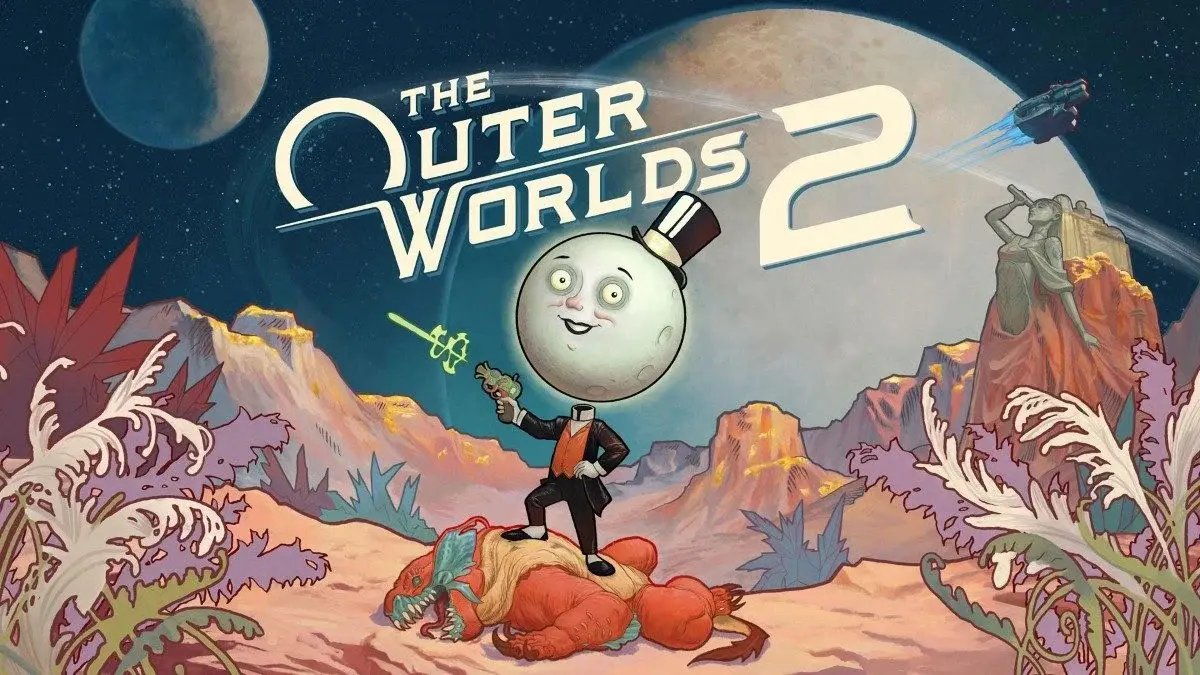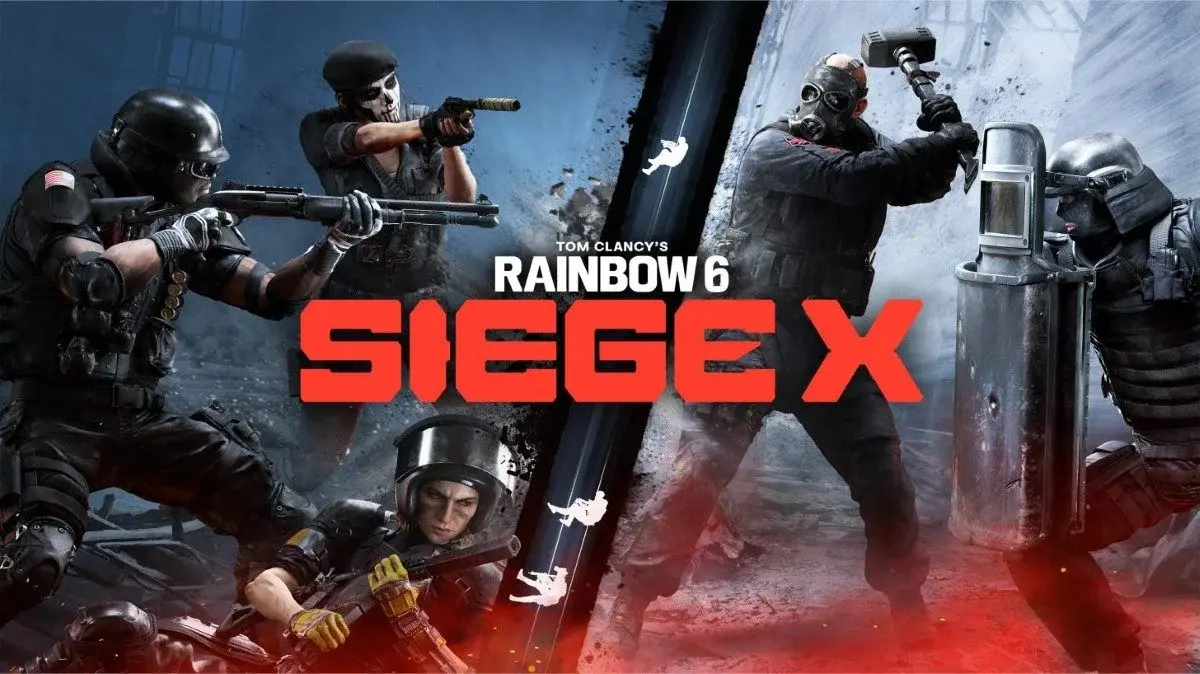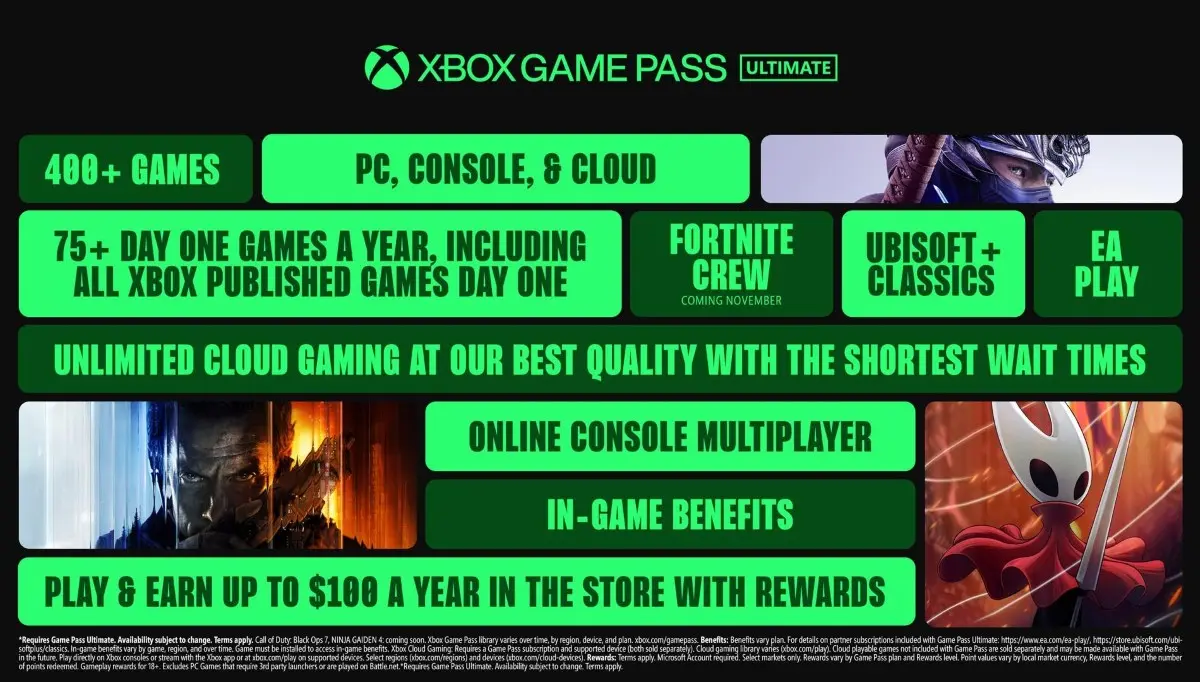Such. Fun!
10 Chambers, the Swedish team founded by Payday creator Ulf Andersson and responsible for the tension-filled survival horror extraction shooter GTFO, is back for something a little more familiar to heist fans in Den of Wolves. Stevivor was recently treated to close to three hours of hands-on time with the upcoming title by the studio.
Taking place in 2030 in the Tokyo-like setting of Midway City, Den of Wolves is a decidedly dystopian future that’s strangely looking to become real with every passing minute. Hackers have used powerful AI to throw the world into disarray — global financial systems have collapsed under the security threat, while everyday citizens experience identity theft and struggle to comprehend what’s actually going on in the world as news sources cannot be trusted.
“Tokyo came first,” Andersson replied when I asked if Den of Wolves was set in Tokyo, or if Tokyo was a starting point when defining his next game. “I love Tokyo because I love Blade Runner, and I love Ghost in the Shell, Akira, amongst other things. There’s many reasons [to have chosen this Tokyo-like setting]; it’s a bit of a Catch-22.”
In a world on the brink of war, corporations have flexed their power to create Midway City, a haven for megacorps, governed by megacorps. Midway City is the one place on earth with an entirely secure IT structure, and that’s because corporations have done away with regulations (and ethics) and have uncovered the one way to safely story data: inside the human brain (Neuralink what?). Those willing — or is that “willing” — to become a data cache begin to resemble Luke Skywalker in a bacta tank, hooked up to tube after tube in a container full of ominous liquids.

Looking at news headlines of late, Den of Wolves is less fictional dystopia than most would care to admit.
“If you look at late-stage capitalism, you end up in this situation,” Andersson said. “Because we’re Swedish, I guess, and know, a very democratic or socialist [state], everyone is like, ‘oh, is this a political game?’ No, it’s just what it is, right? It’s what happens with economy and pay gaps, and that kind of thing.
“Midway is built around also the fact that you can… [have your] own slice of Earth where there’s no rules. You do all the research you want; there’s no labour laws. I think, right now, that might actually happen right now in the [United] States.”
Midway City — itself based on the real-world Midway Atoll — is awash in tall skyscrapers and endless neon signs in this alternate timeline; simply put, it’s also your playground. Taking advantage of the area’s lawless state, you’re a criminal entrepreneur out for yourself. You’ll work with three colleagues to steal prototypes, expose competitors’ secrets, assassinate entire boards of directors, and pit faction versus faction.

Den of Wolves is all about planning, gathering to analyse any intel you’ve got — or have uncovered in other missions — before setting off to enact the plan. Depending on your task, you’ll largely be engaging in one of four mission types: espionage, sabotage, assassinations, and theft. For the purposes of our hands-on time, our ragtag group of four — two journos, and two 10 Chambers veterans — set off on a short prep mission before taking part in a far larger heist.
The prep mission was relatively simple, letting us get a true feel of Den of Wolves and its mechanics. Asked to stealthily progress through an office block, I quickly realised that I wasn’t dressed for espionage, clad in a very bright yellow jacket and a mask complete with a Pinocchio-like nose. That didn’t matter, 10 Chambers informed me — nor did I need to worry about crouching to be harder to see — as we’d hacked into our enemies’ AR-enabled masks and simply removed ourselves from their vision.
There are limits to how effective that is, of course — when one of our team decided to full-on sprint right behind a guard, that snapped him to attention. We were forced to finish the mission with guns blazing, using our loadout of two firearms, a melee weapon, and a piece of gear. That gear proved incredibly important, as I ran behind a teammate as they throwed out an energy shield that provided cover, while I threw down an auto-sentry right ahead of that so it could start targeting myriad goons that began to pour out of the woodwork.
While this was all happening, another teammate had attached a spider-drone drill to a nearby vault wall, waiting as it began to cut through. The drill requires maintenance to perform its task, so our team of four began to call out who was minding it as we defended our position. A while later, we were in, awash in loot to steal. One of us had to take a sniper drone from the vault as it was our primary target, while the rest of us could grab a bag of other goodies.

Heading back to our extraction point, we were faced with a choice: leave, or drop the loot we had so we could go back for more. In the interest of time — and as much as we didn’t want to admit it, because we were surviving by the skin of our teeth — we chose the former.
Rather pleased with ourselves, we journalists were suddenly taken aback when our 10 Chambers handlers went into another room and came back with a giant blueprint that, when unfolded, covered the entire table between our PCs. The blueprint showed us three floors of a massive vault — our next target — and stood in for a similar map that will be able to be used by those playing as an online team.
As we skipped ahead in the heist’s timeline, we were provided a series of intel drops to better engage with what was ahead. Having gained the trust of a series of mercenaries, we were to begin the next phase by walking through their lair and eventually — and deceptively — deliver a series of assassin bots disguised as valuable blueprints to get inside.
Opposition dealt with — at least for that specific minute — it was a quick elevator trip to the primary vault itself. Cover blown, time was of the essence as we worked to breach a large vault and access our primary target: a data cache full of valuable info.

As you’d expect, communication is as important as pre-planning; our group decided to break off into two groups of two — each group with a shield and an auto-sentry — to work through a series of smaller vaults. Our group of four held two spider-drills, so each group would be responsible for activate one and slowly work through vault to vault. This was necessary as these smaller vaults held three passkeys needed to access our actual prize; they also contained valuable health packs, ammo, and further loot.
While in search of passkeys, one group would also move to the front of the main floor and set up a series of explosives alongside a large window — this would be our point of escape. Like most things, it wasn’t that simple — while we could blow the glass panes of the window, we’d also need to unlock giant shutters to truly gain freedom. We also quickly discovered that half of the smaller vaults were reinforced and not immediately accessible.
Working slowly between two floors, our team was efficient and communicative, quickly finding the passkeys, tagging ammo and health for teammates that needed a top-up, and also grabbing loot bags that we’d run and drop to our eventual exit. We ran to a control room that oversaw the entire vault, unlocked access to the data cache, popped our escape shutters and ran headfirst into a mini-boss guarding our prize.
Chaos ensued. UTSMAN SACS — the megacorp in charge of the district we were ransacking — backed up the mini-boss with waves of lackeys. Our group of four panicked, eventually dispersing throughout the vault; despite felling the boss, his support eventually overpowered us and downed us, one by one, in different areas of the map. We’d failed.

Our setback wasn’t for nothing; armed with the shame of our failure and focused on redemption, we swept the vault again, stuck together, and bested the boss and his fodder. Next, it was time for the dive — the only method to enter and pilfer a human data cache. An off-screen ally counted down to the dive, as our 10 Chambers handlers told us to take cover.
Abruptly, the vault disappeared and we were somewhere else entirely. As 10 Chambers explained, a dive is almost like a Star Trek holodeck — being an actual part of a person’s mind, the means to interface with the data held there will be unique to that person. Expect the unexpected.
This particular dive resembled a cross between Destiny and Control, a twisted reality where floors became walls, ceilings became floors, and every which way could be up. Awash in red floodlights, we attempted to clamber up walls and reach our end goal as an ominous counter appeared in the bottom left of our HUD; this labyrinth was a race against time.
We reached the end of the course with time to spare, and took the available time to celebrate before our worlds were turned upside again — 10 Chambers told us to take cover before we jumped because we ended up right where we started the adventure. Unfortunately for one of my teammates, that spot was right where a series of opponents had clustered back in the real world, and he was downed almost instantly.
We scrambled to try to recover, but it got messy quickly. Welcome to wipe number two.
Thankfully, we used our new knowledge to get back into the dive relatively easily, and found cover before entering the first of three total incursions. Comparisons to Destiny again reared their head as I struggled to get to the end of the first dive… and then kept missing jumps in the second and third dives with annoying consistency. Thankfully, only one of our team of four needed to get to the end of each run, so my failures in this weird cyberspace didn’t lead to larger consequences.
Completing the dives and establishing a connection to the human brain that housed the data we needed, our team had its final argument. Should we extract immediately, or go back to open those reinforced vaults, now available to cut into, in order to grab more loot and set ourselves up for future success?
Half of our group wanted to play it safe, while the other — the correct group, I might add — was motivated by greed. I ran to crack open one vault as my other enlightened teammate made his way to a second one. It didn’t matter through, as another jumped out the window that would end the mission and bring our final tally of loot to just 11 bags of a possible 35.

Despite wanting to accomplish more, I finished the heist with a gigantically large smile across my face. We faced adversity, encountered some setbacks, but ultimately triumphed. Den of Wolves is infinitely more accessible than GTFO in its setting and mechanics alone (and that’s without taking things like in-game matchmaking and progression into account). Nonetheless, it can be nail-bitingly difficult.
Overall, it felt like a Destiny Raid, but in an experience that gives you the tools actually learn and interpret your failures without simply throwing yourself, over and over, at a wall. You can find intel that helps you to understand what’s going on — though some of that intel can be a false flag — and then plan a strategy accordingly.
“The trick is, how you do you make something hard, or very challenging, yet accessible,” said Andersson. “Because as soon as people start to talk about mass market stuff, they just water it down until it becomes like there’s no f*cking point to play It. I think cooperative games need to be extremely challenging to make them the most fun. At least, that’s where we come from.
“Matchmaking is actually built-in to the game in a very different way, and part of the design of it,” Andersson continued. “A large part of it is, ‘how do we play with strangers in a challenging cooperative setting?’. I’m a big Destiny player, but Destiny is a game where, most of the time, I’m playing next to people, and not together.”

“We’re there, we’re shooting at sh*t, but there’s not really any independency on [one another] until we get into Vaults or the more hardcore, 6-player setting,” Anderson said. “Then it can get way too hardcore — especially the Vault of Glass. F*ck me with those sneaking parts, but it was fun as f*ck though.
“It’s very inspiring to see people being pushed together. There, Bungie won’t let us matchmake on this,” he said. “But we’re going to matchmake. We’re trying to pitch you a different psychology.
“That’s why we don’t have any tutorials, because we want you to have the mentality of wanting to learn. There’s a lot of mental tricks there. It’s a very meticulously planned psychology.”
Regular groups of thieves will be able to play with their friends when able, or can offer their services as a freelancer to other groups. Hired freelancers will obviously help out for that particular heist, but everyone benefits — the larger team will hopefully be successful in their operation, while the freelancer can set about gaining additional intel and resources for their own standard group.

In short, Den of Wolves was fun as hell; while infinitely more approachable than GTFO, some will still struggle to find a core group of four to continually play with. 10 Chambers, of course, has pledged to bolster the early access release with new districts as time marches on; while some will be free, others will be offered as paid DLC. Get some friends and get them committed.
Den of Wolves is planned for (an undated) release on Windows PC via Steam, and will head to PS5 and Xbox Series S & X following that. We’ll report back as more is known.
Steve Wright of Stevivor was flown to Tokyo, Japan for the purposes of this hands-on preview. Flights, accommodation, and two nights’ worth of dinners were paid for by 10 Chambers.
This article may contain affiliate links, meaning we could earn a small commission if you click-through and make a purchase. Stevivor is an independent outlet and our journalism is in no way influenced by any advertiser or commercial initiative.


